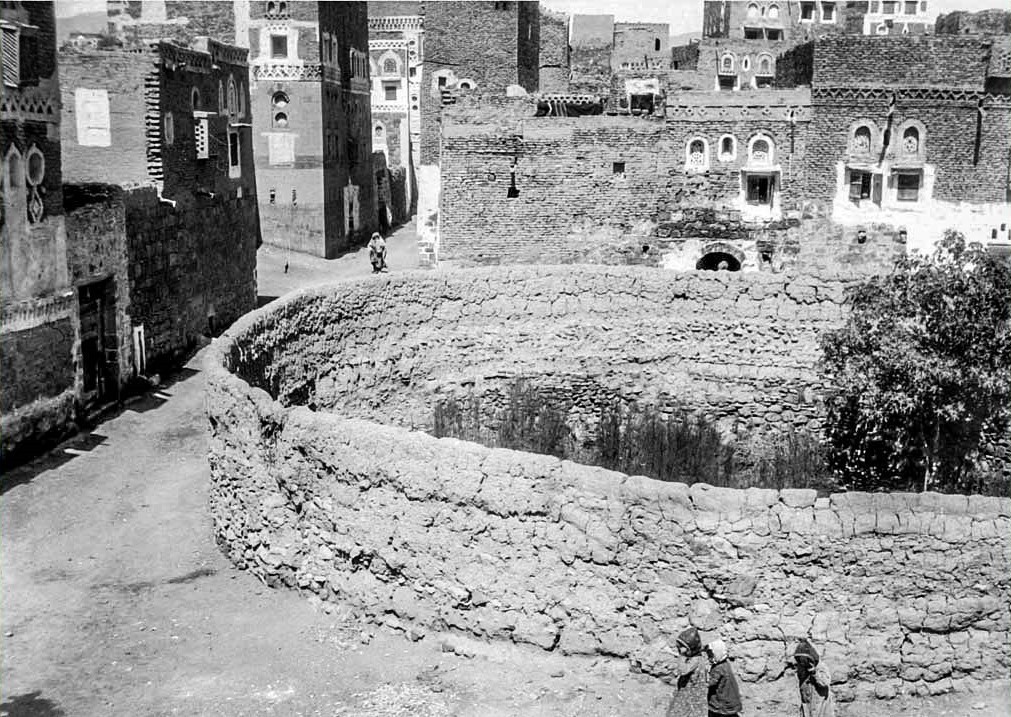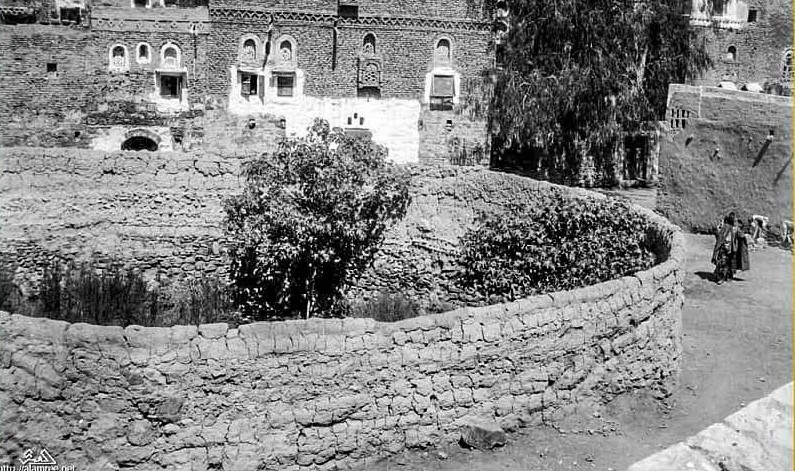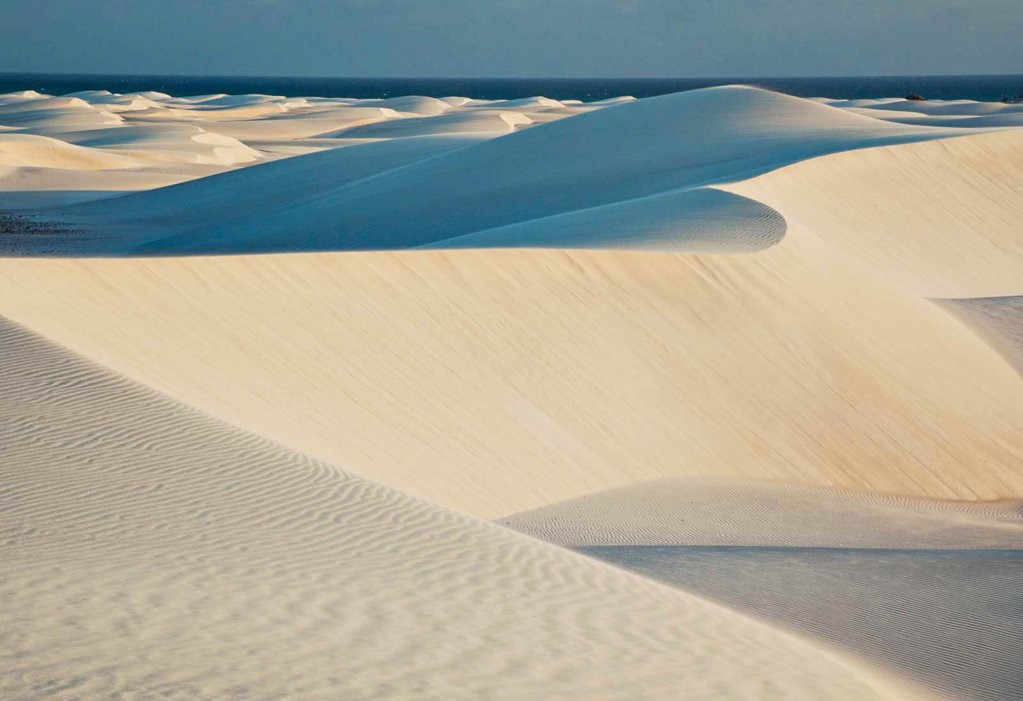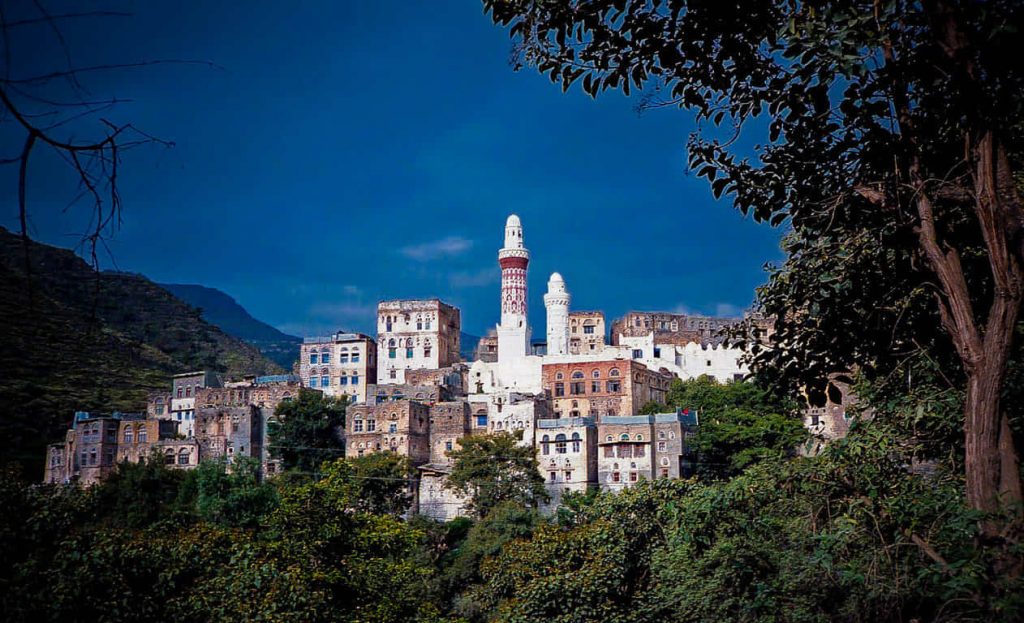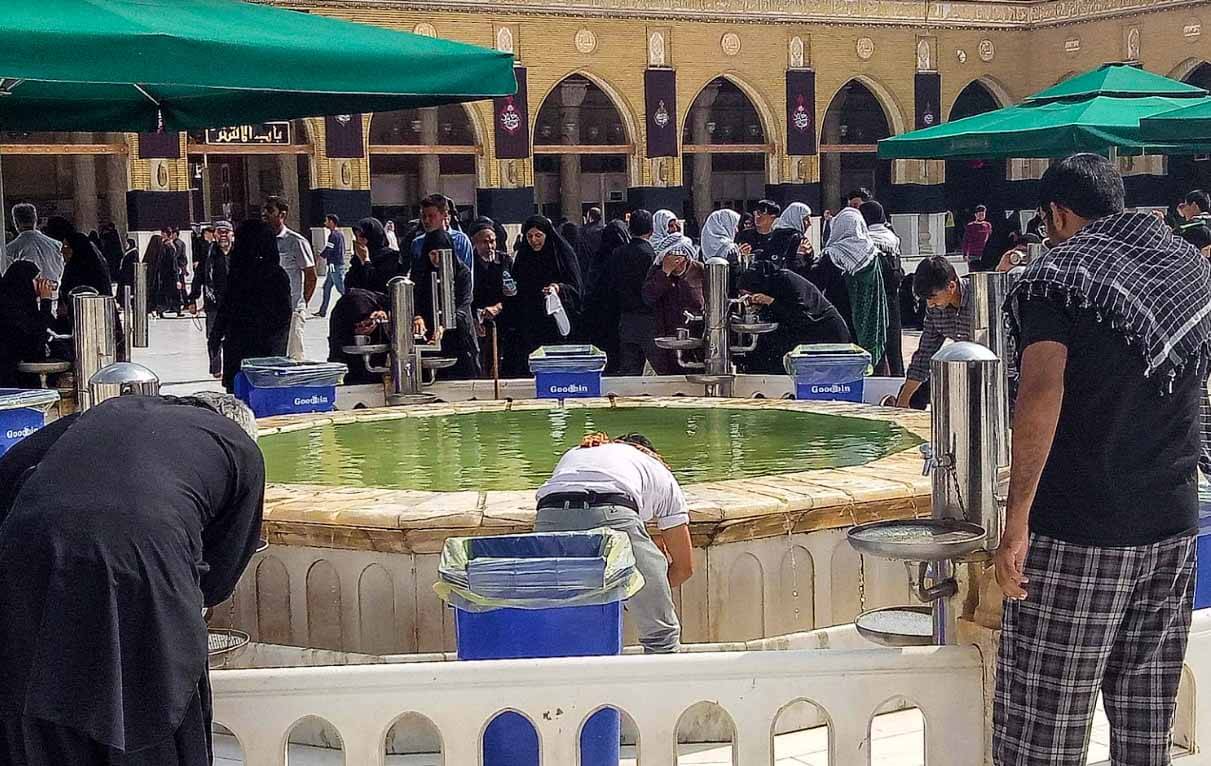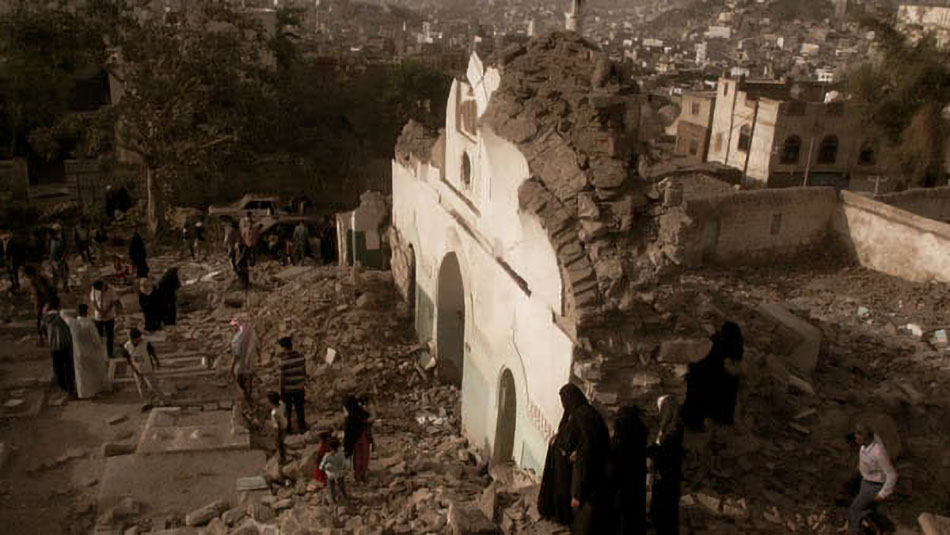Sana’a, Yemen
Coordinates: 15.353975, 44.218073
Timeline
The Al–Qalis Church, Sana’a was a church constructed sometime between 527 AD and the late 560s in the city of Sana’a by Abraha.
Fall of Dhu Nuwas
In the aftermath of the massacre of the Christian community of Najran by the ruler of the Himyarite Kingdom Dhu Nuwas, The King of Aksum, Kaleb sought to avenge the deaths of his brothers in faith by launching a punitive expedition (520 AD) into the Yemeni kingdom. Dhu Nuwas was deposed and killed, prompting Kaleb to appoint a Christian Himyarite, as his viceroy.
Abraha came to power
However, around 525 AD this viceroy was deposed by the Aksumite general Abraha with support of Ethiopians. They had settled in Yemen and withheld tribute to Kaleb. When Kaleb sent another expedition against Abraha, this force defected, killing their commander, and joining Abraha. Another expedition sent against them met the same fate, leaving Yemen under Abraha’s rule.
Construction of church
Abraha sought to promote Christianity in the predominantly Jewish kingdom while also attempting to antagonize the Kaaba in Mecca, a major religious centre for the adherents of Arab polytheism. Abraha, therefore, ordered the construction of the Al–Qalis Church in Sana’a. Letters were sent to both Aksum and the Byzantine Empire, requesting marble, craftsmen and mosaics. The absence of mosaic making tradition in Pre-Islamic Arabia and Ethiopia at the time, along with the frequent use of mosaicists by the Byzantines to achieve diplomatic objectives corroborates that the Byzantines complied. Historian Procopius records that an envoy was dispatched to Abraha during the reign of emperor Justinian I, placing the construction of the church between 527 and the late 560’s
Architecture
The church was constructed from green, yellow, white and black stone which was brought from an older castle located at Ma’rib. Leading to the church was a marble staircase, while the door was made of bronze or copper.
The “Diversion”
Abraha attempted to divert the pilgrimage of Hajj to Al–Qalis and appointed a man named Muhammad ibn Khuza’i to Mecca and Tihamah as a king with a message that Al–Qalis was both much better than other houses of worship and purer, having not been defiled by the housing of idols.
Invitation to the Feast
With Abraha, there were some Arabs who had come to seek his bounty, among them Muhammad ibn Khuza’i ibn Khuzaba al-Dhakwani. While they were with him, a feast of Abraha occurred, and he sent to invite them to the feast. Now he (Abraha) used to eat an animal’s testicles, so when the invitation was brought, they said, “By God, if we eat this the Arabs will hold it against us as long as we live.”
Thereupon Muhammad ibn Khuza’i got up and went to Abraha and said, “O King, this is a festival of ours in which we eat only the loins and shoulders.” Abraha replied that he would send them what they liked because his sole purpose in inviting them was to show that he honoured them.
Then Abraha ordered him to go among the people to invite them to pilgrimage at his cathedral which he had built. When Muhammad ibn Khuza’i got as far as the land of Kinana, knowing what he had come for, sent a man of Hudhayl who shot him with an arrow, killing him. His brother Qays who was with him fled to Abraha and told him the news, which increased his rage and fury and he swore to raid the Kinana tribe and destroy the temple.
Defecation of Church
This angered one of the men of the Quraysh tribe, and going to Sana’a, slipped into the church at night and defiled it; it is widely assumed that he did so by defecating in it.
Expedition
Abraha, now enraged, launched an expedition of forty thousand men against the Ka’bah at Mecca, led by a white elephant named Mahmud to destroy the Ka’bah. Several Arab tribes attempted to fight him on the way but were defeated.
The Sole purpose
When news of the advance of Abraha’s army came, the Arab tribes of the Quraysh, Banu Kinanah, Banu Khuza’a and Banu Hudhayl united in defense of the Ka’bah. A man from the Himyarite Kingdom was sent by Abraha to advise them that Abraha only wished to demolish the Kaaba and if they resisted, they would be crushed.
The Refuge
Hz. Abdul Muttalib رضي الله عنه told the Meccans to seek refuge in the hills while he with some leading members of the Quraysh remained within the precincts of the Ka’bah. Abraha sent a dispatch inviting Hz. Abdul Muttalib رضي الله عنه to meet with Abraha and discuss matters. When Hz. Abdul Muttalib رضي الله عنه left the meeting, he was heard saying, “The Owner of this House is its Defender, and I am sure He will save it from the attack of the adversaries and will not dishonor the servants of His House.”
The Lord of the “HOUSE”
The reference to the story in Qur’an is relatively short. According to Surah Al-Fil, the next day as Abraha prepared to enter the city, a dark cloud of small birds named ‘Ababil’ appeared. The birds carried small rocks in their beaks, and bombarded the Ethiopian forces and smashed them like “eaten straw”. The whole army, including Abraha, were killed.


